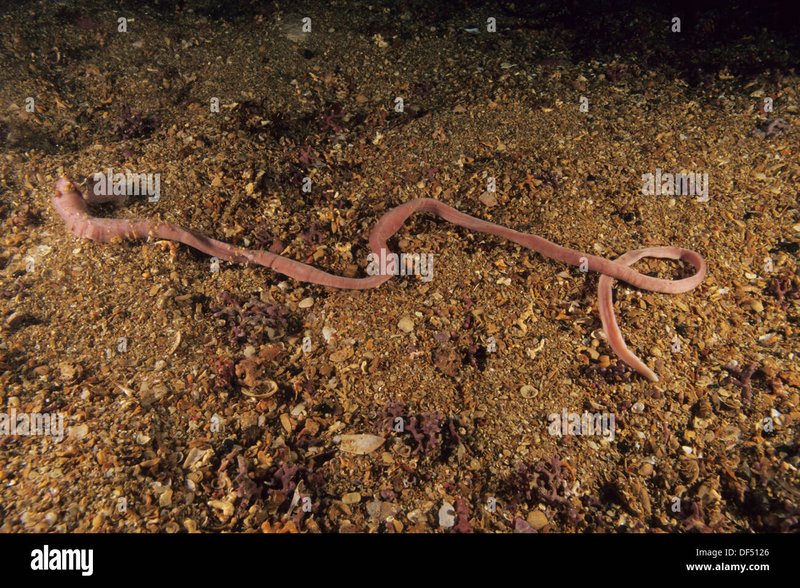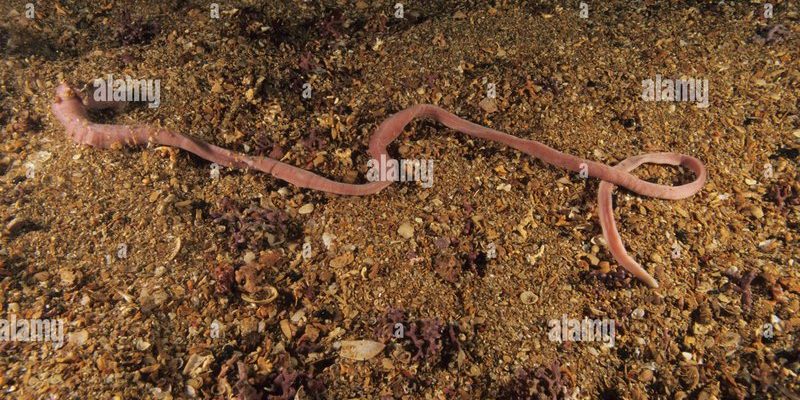
So, what’s the deal with ribbon worms? They’re surprisingly diverse, exhibiting unique behaviors that shift with the changing seasons. You might say their lives are like a well-rehearsed play, where each act is carefully timed with the rhythm of nature. Let’s dive deeper into how temperature, food availability, and environmental changes influence their seasonal antics in temperate regions.
What Are Ribbon Worms?
Before we get into their seasonal behaviors, let’s start by understanding what ribbon worms actually are. Known scientifically as **Nemertea**, these creatures can vary in size from just a few millimeters to over a meter long. They often have a flattened, elongated body that gives them that distinctive ribbon-like appearance.
You might find them in a range of habitats, including sandy bottoms of the ocean and mudflats. Some species even thrive in freshwater environments. Aside from their looks, ribbon worms are fascinating because of their unique feeding habits. They use a structure called a **proboscis** to capture prey, which adds a touch of drama to their survival techniques. This adaptability is what makes them so intriguing, especially as we observe them throughout the year.
How Temperature Influences Ribbon Worm Behavior
Temperature plays a huge role in the lives of ribbon worms. Like many creatures, they are ectothermic, meaning their body temperature depends on the surrounding environment. When winter rolls in and the water gets chilly, you might notice these worms slowing down. They retreat into the sediment, waiting for warmer days to come.
In spring, when temperatures rise, ribbon worms awaken from their slumber. This is their time to shine! They become more active, moving through their habitats in search of food. This shift is not just about warmth; it’s also about food availability. As other organisms start to thrive during spring and summer, ribbon worms emerge to capitalize on the feast before them.
Feeding Habits During the Seasons
Speaking of feeding, ribbon worms have different dining habits based on the season. During the warmer months, they tend to be more active hunters. You might find them preying on small fish, crustaceans, and even other worms! Their proboscis helps them catch these meals efficiently, which is crucial when food is plentiful.
As the colder months approach, however, their feeding decreases significantly. They might dig deeper into the mud or find sheltered spots where they can conserve energy. Here’s the thing—while their food supply might be less, they’re not going completely dormant. Ribbon worms can survive on stored energy until spring returns.
Reproductive Patterns and Seasons
Now let’s talk about the birds and the bees—or rather, the ribbon worms and their reproduction! These creatures have fascinating reproductive strategies that are clearly tied to seasonal changes. Most species of ribbon worms reproduce during the warmer months when conditions are ideal.
During this time, they engage in a process known as **broadcast spawning**. This means they release eggs and sperm into the water, allowing for fertilization to occur externally. The resulting larvae are then carried away by currents, providing them with a chance to settle and grow in new areas.
Come fall and winter, these reproductive activities slow down. With fewer resources and cooler temperatures, it makes sense for ribbon worms to conserve their energy rather than focus on reproduction.
Habitat and Environmental Influences
Ribbon worms are closely tied to their environments, which also fluctuate with the seasons. In temperate regions, you’ll see them in estuaries, shallow coastal waters, and even tidal zones. Each of these areas undergoes changes that can affect their behavior and survival.
During spring and summer, the increase in food sources and warmer water encourages ribbon worms to thrive in these habitats. However, as autumn sets in, the decrease in temperature and changes in salinity can drive them to move to deeper, more stable waters. Not to mention, the shifting availability of prey forces them to adapt continuously to their surroundings.
Threats and Challenges Across the Seasons
Like many creatures, ribbon worms face their own set of challenges throughout the year. While they may be resilient, they’re not immune to environmental threats. Changes in water quality, pollution, and habitat destruction can impact their populations significantly.
In the warmer months, predators are more active, presenting another challenge. Ribbon worms must be on the lookout for fish, birds, and other creatures that find them delectable. This is where their ability to burrow into the sediment comes in handy, giving them the chance to hide and escape danger.
As temperatures drop, the decreased availability of food becomes a critical issue. Ribbon worms must rely on their ability to store energy and may struggle if conditions become too harsh. This constant balancing act is part of what makes studying their seasonal behavior so intriguing.
Why Understanding Ribbon Worms Matters
You might be wondering why we should care about these slimy, ribbon-like creatures. Understanding their seasonal behavior not only sheds light on their ecological roles but also provides insights into the health of our marine environments. As indicators of ecosystem health, changes in ribbon worm populations can signal shifts in habitat quality or climate change effects.
By studying these organisms, researchers can gain valuable knowledge about the broader impacts of environmental changes on marine ecosystems. Plus, they remind us of the intricate connections in our world. Just like a ribbon flowing through the breeze, everything is linked, from the tiniest creatures to the grander ecosystems they inhabit.
In conclusion, the seasonal behaviors of ribbon worms are as dynamic and intricate as the seasons themselves. Their ability to adapt to changing temperatures, food availability, and environmental conditions showcases nature’s resilience. The next time you see a ribbon worm, remember that there’s more to these fascinating creatures than meets the eye—they’re a vital part of the ocean’s story, flowing with life, just like that ribbon on a gentle wind.

